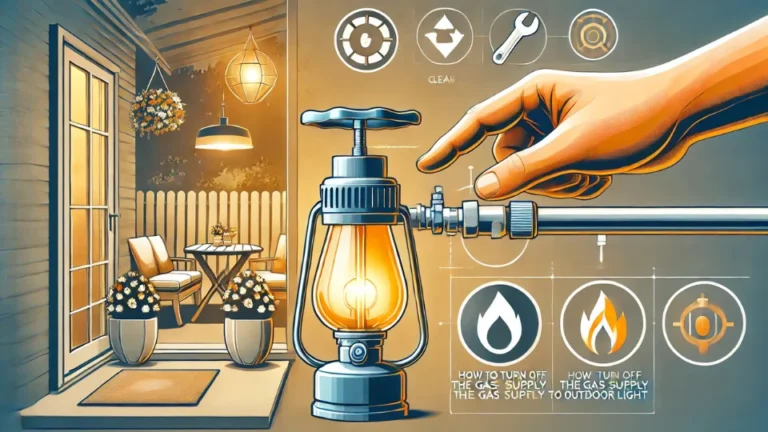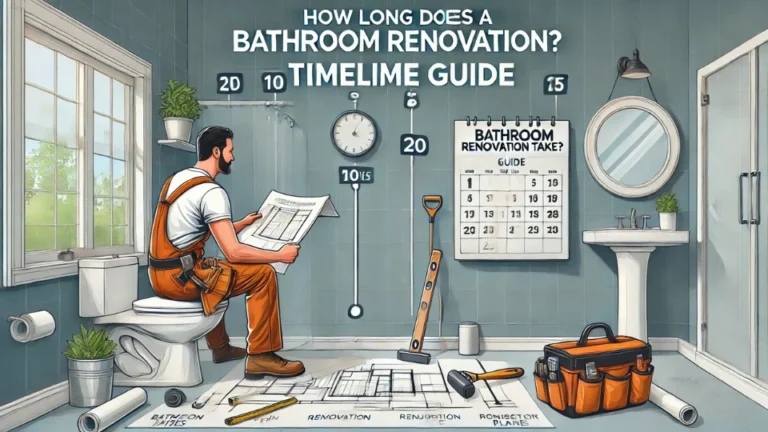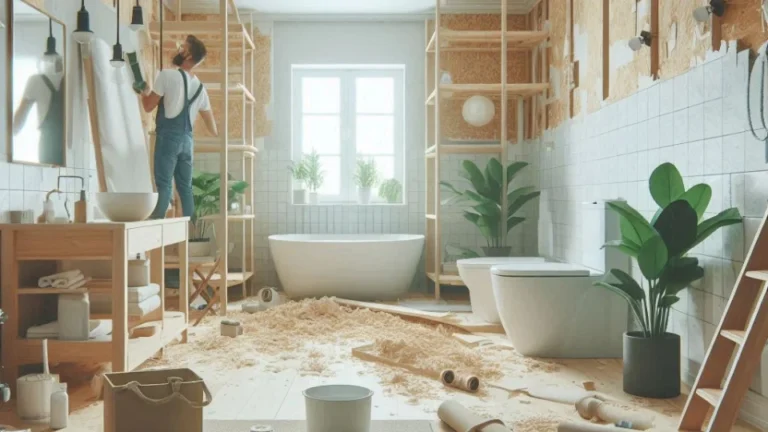How to Renovate a Garden: Step-by-Step Guide
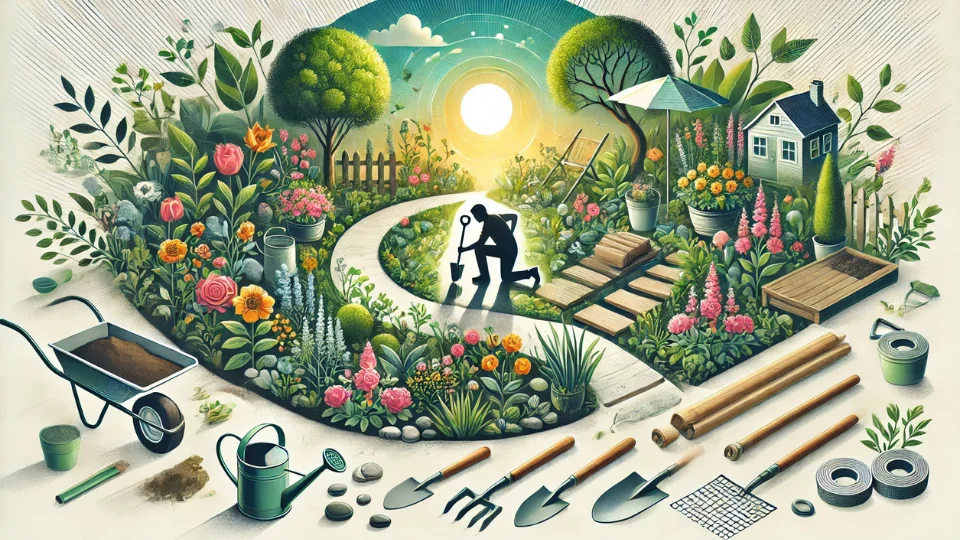
Renovating a garden can transform an outdoor space into a personal oasis. Whether your garden is overgrown, outdated, or simply uninspiring, a well-planned renovation can make it vibrant and functional. This guide covers every essential step to help you achieve a stunning garden makeover.
Planning Your Garden Renovation
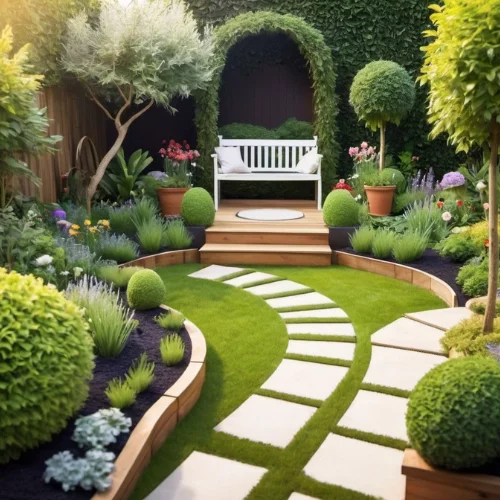
Assess Your Current Garden
Before making any changes, evaluate your existing garden. Identify what works and what doesn’t. Look at soil quality, plant health, drainage, and existing structures.
Set a Budget
Gardening costs can add up quickly. Determine how much you’re willing to spend. Allocate funds for plants, materials, and labor if hiring professionals.
Define Your Goals
Do you want a flower-filled retreat, a productive vegetable garden, or a low-maintenance landscape? Your goals will shape the entire renovation process.
Preparing the Garden Space
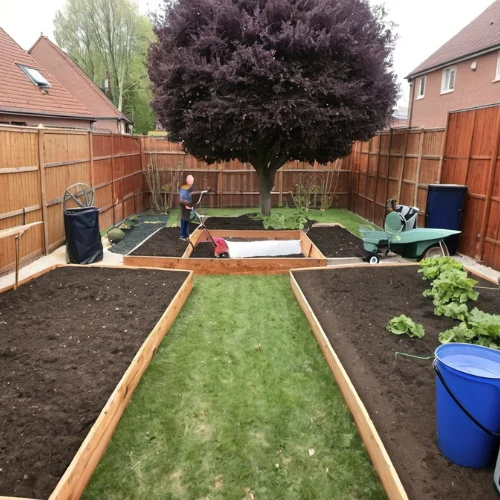
Clear Out the Old
Start by removing dead plants, weeds, and unwanted elements. Prune overgrown shrubs and trees. If needed, remove outdated structures like broken fences or old garden beds.
Test and Improve Soil Quality
Healthy soil is crucial. Conduct a soil test to check pH and nutrient levels. Amend the soil with compost or fertilizers to enhance fertility.
Plan Your Layout
Sketch a rough layout of your new garden. Mark areas for pathways, seating spaces, plant beds, and decorative features.
Choosing Plants and Features
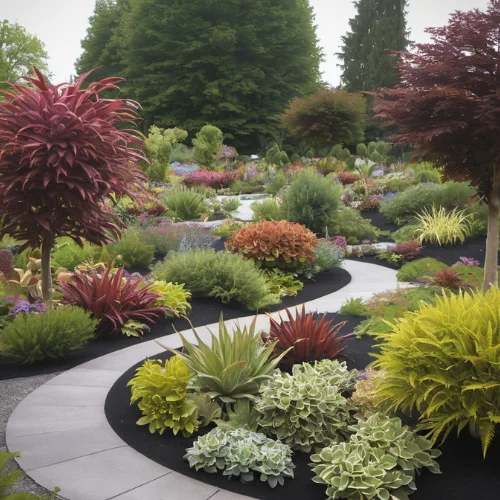
Select Suitable Plants
Pick plants based on climate, soil type, and maintenance requirements. Combine perennials, annuals, shrubs, and trees for variety.
Add Hardscaping Elements
Hardscaping includes patios, pathways, and garden borders. Use stones, bricks, or wood to add structure and visual appeal.
Consider Water Features
A small pond, fountain, or birdbath can create a calming ambiance. Choose a feature that fits your space and budget.
Implementing the Garden Design
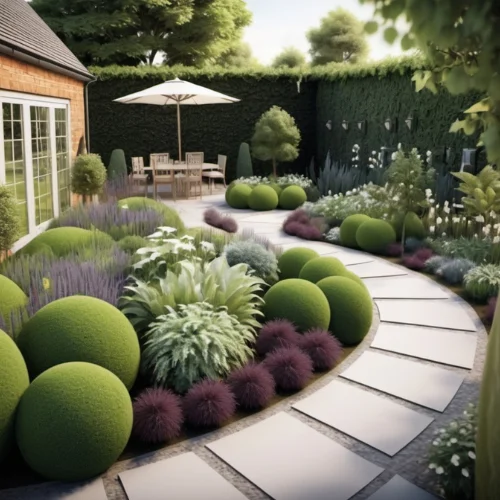
Install Pathways and Borders
Define walking paths with gravel, pavers, or stepping stones. Add borders around flower beds for a polished look.
Build Raised Beds and Planters
Raised beds are great for vegetables and flowers. They improve drainage and reduce soil compaction.
Set Up Irrigation
Install a watering system to ensure plants get enough moisture. Drip irrigation and soaker hoses are efficient options.
Planting and Finishing Touches
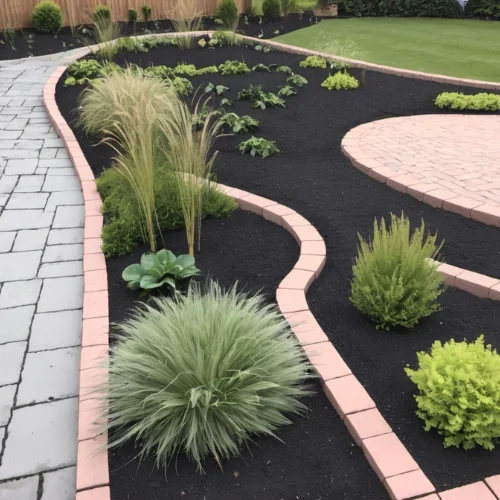
Arrange Plants Strategically
Place taller plants at the back and shorter ones at the front. Group plants with similar water and sunlight needs together.
Mulch and Fertilize
Apply mulch to retain moisture and suppress weeds. Use organic fertilizers to promote healthy plant growth.
Add Decorative Elements
Consider garden furniture, sculptures, or lighting. These elements enhance aesthetics and functionality.
Maintaining Your Renovated Garden
Regular Watering and Weeding
Keep the garden hydrated and weed-free. Regular maintenance prevents overgrowth and preserves beauty.
Seasonal Pruning and Plant Care
Trim shrubs and trees as needed. Remove dead or diseased plants to keep the garden healthy.
Monitor Soil Health
Replenish nutrients periodically. Rotate plants in vegetable gardens to maintain soil fertility.
Frequently Asked Questions (FAQs)
How long does it take to renovate a garden?
It depends on the garden’s size and complexity. A small renovation may take a few weeks, while larger projects can take months.
What are the easiest plants to maintain in a garden?
Low-maintenance plants include lavender, succulents, ornamental grasses, and native perennials.
How much does a garden renovation cost?
Costs vary widely based on materials, plants, and labor. A simple renovation may cost a few hundred dollars, while elaborate projects can run into thousands.
Should I hire a professional or do it myself?
If you have experience, a DIY approach can save money. However, for major landscaping work, hiring a professional ensures quality results.
How do I keep pests out of my renovated garden?
Use natural pest control methods like companion planting, introducing beneficial insects, or applying organic pesticides.
Conclusion
Renovating a garden requires planning, effort, and creativity. With the right approach, you can transform any space into a beautiful, functional retreat. Whether you do it yourself or hire experts, the result is a garden you can enjoy for years to come.

